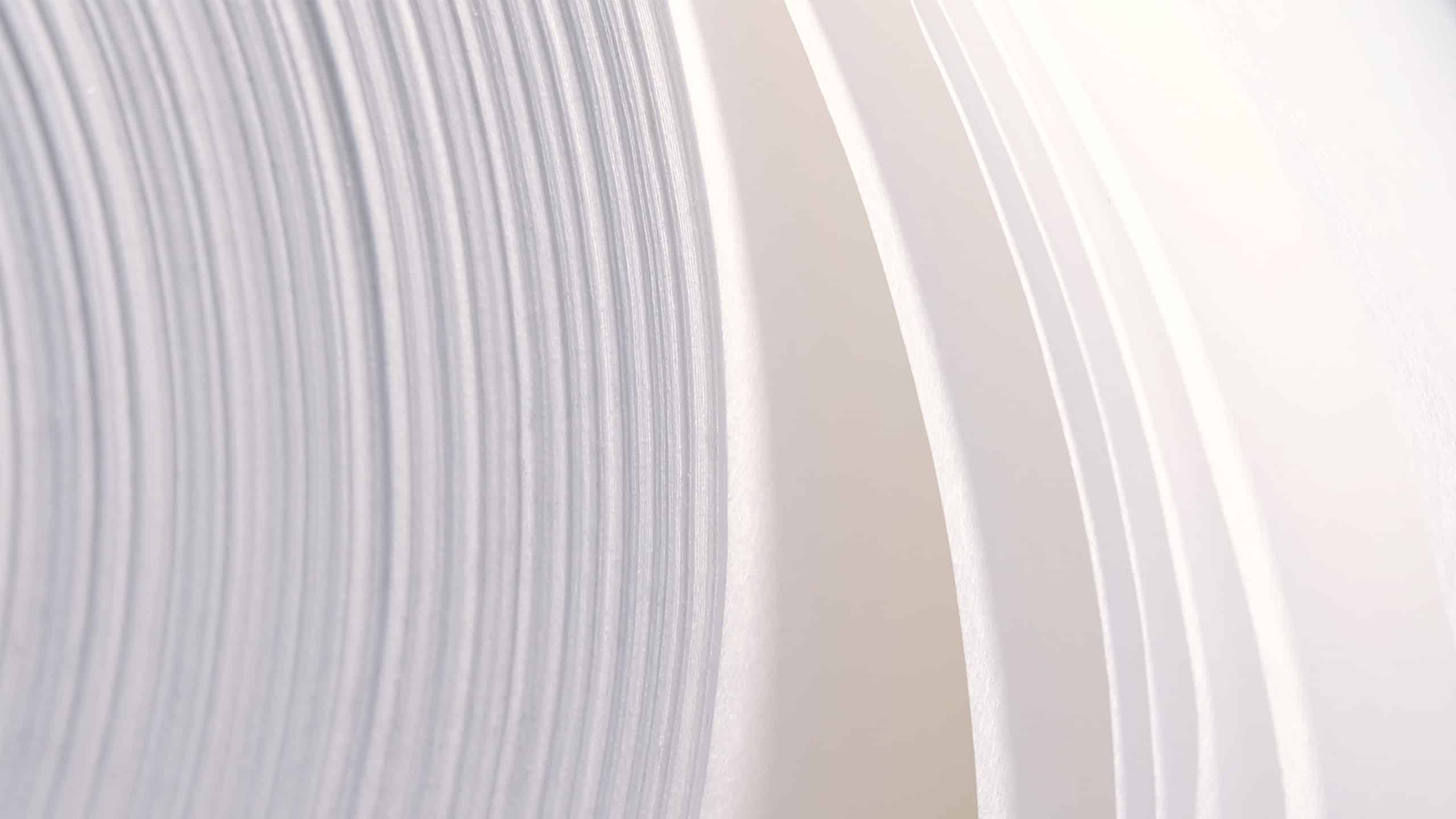How fiber-based packaging supports circular economy

The significance of sustainable materials
In today’s world, where sustainability transcends being just a buzzword, understanding how materials contribute to environmental goals is crucial. This article delves into the pivotal role fibre-based packaging plays in supporting a circular economy, underscoring its sustainable nature and practical applications. We explore innovative approaches by companies like Paptic, which offer alternatives to traditional packaging, highlighting the importance of renewable materials in safeguarding our planet’s future, as supported by CEPI’s advocacy for sustainable forest management.
The role of fibre-based packaging in the circular economy
Fibre-based packaging is integral to the circular economy, a model that emphasizes the continual use of resources through recycling, reusability, and waste reduction. According to the European Environment Agency, by designing packaging that can be easily recycled, fibre-based solutions help close the loop on material usage, ensuring that resources are not lost after a single use.
These packaging solutions embody the principles of the circular economy by reducing dependency on finite resources and minimizing waste. Through recyclability and potential for reuse, fibre-based packaging contributes to a system where materials are kept in use for as long as possible, thus reducing the overall environmental impact.
How Paptic’s materials support sustainable practices
Paptic has taken a new approach to fibre-based packaging by developing unique materials. These materials are crafted from renewable wood fibres, sourced from sustainably managed forests, ensuring minimal environmental impact, as advocated.
Paptic’s products stand out due to enhanced durability and environmental benefits, offering advantages over traditional fibre-based materials. The innovative composition of Paptic’s materials allows for flexibility, silence, and a unique tactile experience, making them practical and appealing to brands. By focusing on the material lifecycle, Paptic contributes to sustainable practices that support the circular economy.
Practical applications of fibre-based packaging
Fibre-based packaging finds applications across various industries, from e-commerce and retail to food packaging. According to the European Parliament’s findings on reducing plastic waste, companies are increasingly transitioning from traditional packaging materials to fibre-based solutions, attracted by the environmental benefits and potential to reduce plastic waste.
For example, Paptic’s materials are used in creating bags and pouches that offer sustainable alternatives to single-use plastics. By adopting fibre-based packaging, businesses can enhance their environmental credentials and cater to the growing consumer demand for environmentally friendly packaging options.
